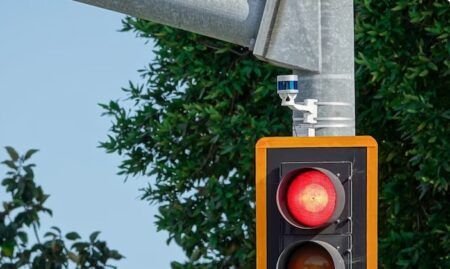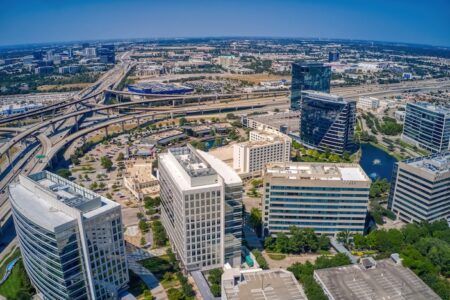Canada’s largest city and the fourth largest in North America, Toronto, is moving onto Phase Two of its traffic signal retiming program, as part of Mayor John Tory’s six-point congestion management plan.
The expansion of its signal retiming program includes updating an additional 357 signals on 17 corridors to improve the flow of traffic. By the end of 2017, approximately 1,500 traffic signals 60% of the city’s traffic lights will be retimed. The new round of signal retiming ensures signals are up-to-date and responsive to the needs of all road users.
In 2015, Phase One of the signal retiming program resulted in reduced travel times along 11 of the city’s busiest roads. Last year’s program saw 337 signals re-timed on the 11 key routes, which resulted in estimated annual improvements of:
8.1% reduction in overall vehicle delay (860,000 hours);
10.2% reduction in stops (91,400,000);
4.7% reduction in fuel consumption (4,900,000 liters), and;
4.7% reduction in vehicle emissions (117,000 kg of CO? equivalent).
The city’s Transportation Services department has initiated the following projects as part of Phase Two of the congestion management plan:
35 cameras have been installed on arterial roads in 2016 to help improve traffic monitoring and incident response, with 36 more to be added by the end of the year. This brings the total number of cameras on city streets to 210, with 164 on major roads, and 46 on expressways. The cameras will allow the public to view live feeds via the city’s website;
A ‘smart’ traffic signal systems pilot project will begin this autumn, allowing signals to adapt to real-time traffic volumes and keep traffic moving;
The Traffic Assistance Personnel (TAP) pilot project is ongoing at eight locations, and a further four weeks of the pilot will be conducted in the autumn;
Action plans are being developed for 10 congestion hot spots across the city. Analysis is complete at four of the locations, with some short-term measures implemented and longer term plans being scheduled.
“The number one priority for Toronto residents is their ability to move around this city quickly and safely. We’re taking action to keep Toronto moving by targeting some of our most congested routes in the city,” said Tory at a media briefing. “Signal retiming is a low-cost, high-impact initiative to get people moving, while ensuring public safety. However, retiming lights is only an interim measure. The real answer is to replace the old technology. The 30-year-old traffic technology that is still running our traffic system belongs in a traffic museum. And we are going to send it there as soon as we possibly can. Brand new traffic technology is being piloted in the city this year.”
Councilor Jaye Robinson, chairman of the city’s Public Works and Infrastructure Committee, added, “Smarter traffic signals keep our streets moving for transit and drivers, while bringing down fuel consumption to help reduce the city’s emissions, and improving air quality for those who walk and bike in our city.”




